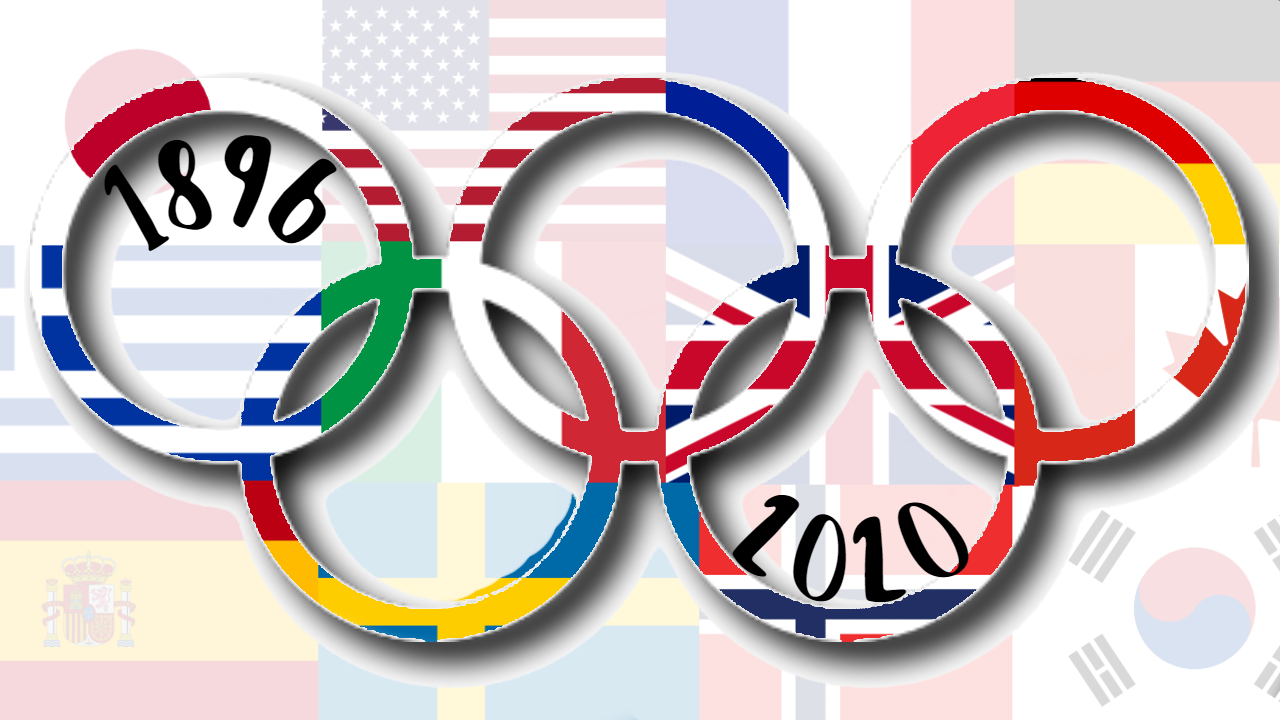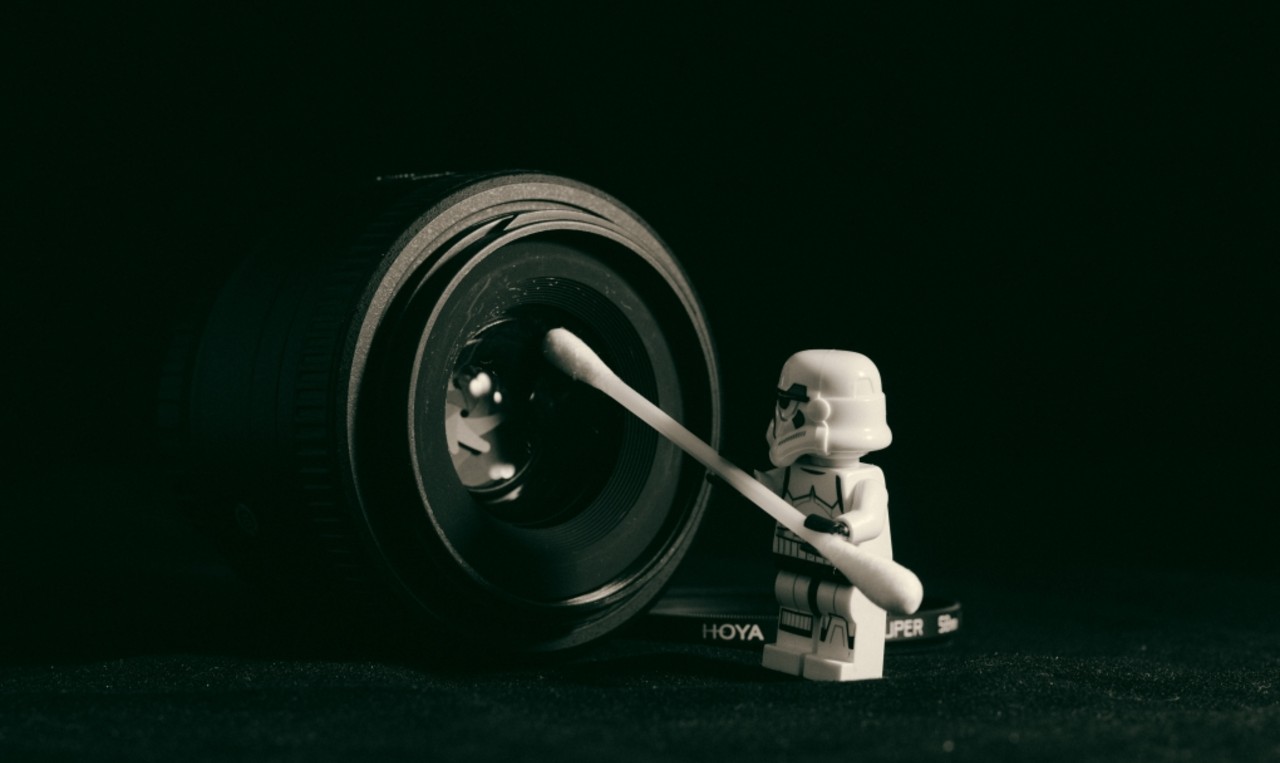We have certainly come a long way since the first Olympic games of 776 BC with its one and only event, a 200 yd sprint known as the Strade. And as I sat in front of the television watching the incredible athletes at the Tokyo 2020 Olympics over the past few days as well as reminiscing on the past Olympic games from my earliest memories in the early 80s to present day, it struck me, “what a technological infrastructure marvel this whole thing really is.” It’s an IT technician’s ultimate dream or their worst nightmare whichever way you wish to look at it, it must be one hell of a mountain to climb and achieve. The setup, running and management of all aspects from such things as the software, hardware and human security, the CCTV cameras and cameras used throughout every arena, to 3D, facial recognition monitors, metal detectors, x-ray machines, millimetre wave scanners,… the lighting, the servers, the computers, you name it and with backups, 24/7 support, it’s so complex it just gives you a headache thinking about it.
But before so much technology was a necessity, what were the major technological advancements that wowed society at the ‘modern’ Olympic games?
The Modern Olympic Games
The first modern Olympic games took place in Athens in 1896, there were 241 competitors from 14 different nations, 43 events in 9 different sports, held over 9 days and though the piece of technology used which I will come to shortly was certainly nothing new at the time, the games increased its popularity and improved demand, that device being the stopwatch. The very first form of stopwatch was invented by Louis Moinet in 1816 and though you would have thought the accuracy would have been a little off as time measuring devices were completely new and far less accurate than mechanical stopwatches of today, this thing (the computer de tierces (thirds timer) as it is named) was at least 6 times more accurate than anything before it and actually many stopwatch movements after it and for many decades. This device however was not the type used for the 1896 Olympics; these were produced by Longines, and between the 1920s to 1940s Omega and Heuer battled it out for supremacy. Stopwatches were used all the way up until the 1960s.
At the Stockholm Olympics of 1912 the Swedish engineer Ragnar Carlstedt introduced and put to the ultimate test his electronic automatic timing system, an ingenious contraption that had a starter pistol attached by a mechanism through a cable linking a box full of stopwatches hooked up to switches that pushed down on the stopwatch pushers to start them, it was activated the instant the gun went off, the stopwatches did have to be stopped manually as each person crossed the finish line, it also took a photograph of the winner as they crossed the line. This technology continued to improve and advance and was taken up by many different sports, and in effect it’s system of recording became the basis in which we measure and capture all manner of sporting events from running and cycling, to horse racing and motor racing today.
However, Omega were not particularly happy with these electronic automatic timing systems as they overshadowed their stopwatches by keeping them hidden away from the cameras inside a box, and they didn’t just want a piece of the action they wanted the spotlight, so they set to work on their very own device. By 1932 the Kirby camera was born, ready in time for the 10th Olympiad, the Los Angeles games. Omega’s device added to Ragnar’s invention the means to photograph each athlete cross the finish line and timestamp each frame at which they crossed on the photograph, now taking into consideration the limited technology of the era, that was pretty darn impressive, but not necessarily as impressive as the technology unveiled 4 years later at the Berlin Games of 1936. The games were televised for the first time, in fact no sport had ever been shown live on a television screen before, however unless you were one of the lucky athletes in the Olympic village or one of the few spectators lucky enough to live in close enough proximity to one of the 25 viewing points in Berlin then you likely listened to your wireless like everyone else. The Rome Olympics in 1960 saw the first broadcast across Europe, the Tokyo games of 1964 saw the first broadcast to the world and Mexico City Games of 1968 saw the first colour broadcast.
In 1948 at the London Olympics a innovative device or method of motion capture known as the continuous slit camera or photography, which surprisingly is as old as the movie camera itself replaced Omega’s Kirby camera. Basically without getting too technical this was a means of taking continuous photographs at speed, it worked similarly to a rolling film camera, it utilised many of the recording aspects of the Kirby camera and was capable of recording at 1/100th of a second for the very first time.
The 1968 Mexico Olympics as just touched upon above wasn’t just the first to be broadcast in colour, no, it was also the first time touchpads were debuted at swimming events. The inventor Bill Parkinson completed the touchpad (still being used today) in 1957 but no-one seemed to be interested in it’s application until a couple of discrepancies between judges in the previous two Olympics saw swimmers recorded times changed by judges who suggested the stopwatch may have been stopped prematurely, inevitable this caused many an argument and the need for a contraption to eradicate such situations from occurring and Bill’s touchpad was the answer. The Touchpad became the most accurate and reliable means of recording times as the swimmer had to physically touch the pad at the end of the race in order to stop their timer, therefore avoiding 3rd party human reaction delay, errors or foul play.
And we end it here in part 1 at the Montreal Olympics of 1976. Omega, who by this point virtually sponsored every Olympic games like Rolex at Wimbledon, released not only an incredibly clever self-marketing device they made what can only be described as the world’s first scoreboard named the Video Matrix Board. It informed spectators across the arena of the live results, times, points… you name it, as well as displaying black and white video footage of the events, it must have been quite a sight.
Read Part 2 in the journey of the technological advancements of the Modern Olympic Games HERE.
In the meantime if you would like to discuss your current technology or to find out which of the latest tech would serve you and your business better then why not get in touch with us by calling 01737 824 003 or emailing support@tlptech.co.uk.
Alternatively find out more About Us or our IT Support offerings by clicking the hyperlinks.















